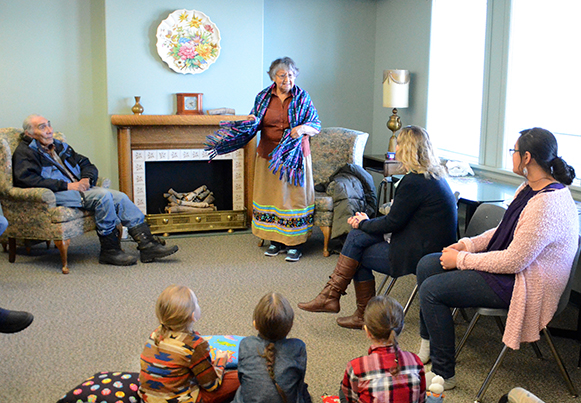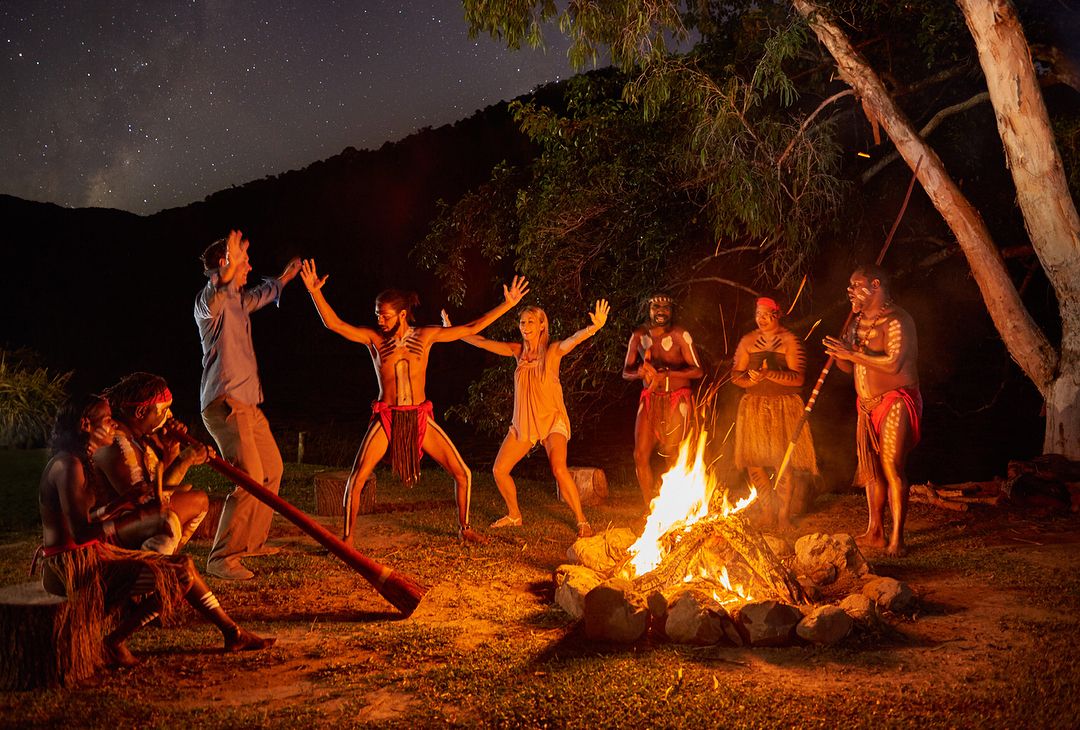Weaving Worlds: The Power of Storytelling in Aboriginal Culture
Weaving Worlds: The Power of Storytelling in Aboriginal Culture

Across the vast and diverse landscapes of Australia, a rich tapestry of stories has been woven for millennia. These stories, passed down through generations, are not mere entertainment; they are the very fabric of Aboriginal culture, shaping their understanding of the world, their connection to the land, and their sense of identity.
Beyond Entertainment: The Deep Meaning of Aboriginal Storytelling
Related Articles: Weaving Worlds: The Power of Storytelling in Aboriginal Culture
- A Tapestry Of Sustainability: How Indigenous Land Management Ensured Economic Survival
- The Leaping Spirit: Exploring The Significance Of Kangaroos In Australian Aboriginal Art
- Unveiling The Linguistic Landscape Of Australia: A Dive Into The Official Language
- Unmasking The Forgotten Name: Unveiling Australia’s Pre-Colonial Identity
- A Bounty Of Flavors: Exploring The Delicious World Of Aboriginal Fruits
Aboriginal storytelling is not simply about recounting events. It is a powerful tool for:
- Passing on knowledge: Stories are the vessels for transmitting vital information about the land, its resources, its creatures, and the laws that govern them. They teach about the origins of the universe, the creation of the land, and the relationship between humans and the natural world.
- Preserving history and culture: Stories record the history of the people, their ancestors, and their journeys. They encapsulate traditions, beliefs, and values, ensuring their survival through generations.
- Connecting to the land: Stories are deeply intertwined with the landscape. Every rock, river, mountain, and tree holds a story, reminding people of their connection to the land and its spiritual significance.
- Guiding ethical behavior: Stories often convey moral lessons, teaching about right and wrong, respect for others, and the importance of community.
- Building community: Storytelling brings people together, fostering a sense of belonging and shared identity. The act of sharing stories strengthens the bonds between individuals and strengthens the community.
The Art of Storytelling: Engaging All Senses
Aboriginal storytelling is an art form that engages all senses. Stories are not merely spoken; they are performed with:
- Visuals: Dance, song, and body language are used to bring the story to life.
- Sound: The rhythm of words, the sounds of nature, and the use of musical instruments create a powerful auditory experience.
- Tactile elements: Objects, such as tools, weapons, and natural materials, are often incorporated into the storytelling, allowing the audience to connect with the story on a physical level.
- Taste and smell: Stories can evoke memories of certain foods or aromas, further immersing the audience in the narrative.

Types of Aboriginal Stories
Aboriginal storytelling encompasses a vast array of genres, including:

- Creation stories: These stories explain the origins of the world, the land, and the people. They often feature ancestral beings who shaped the landscape and created the natural world.
- Heroic tales: These stories celebrate the achievements of ancestors and heroes, often highlighting their bravery, wisdom, and skill.
- Animal stories: These stories feature animals as characters, often teaching lessons about the natural world and the importance of respect for all living creatures.
- Dreamtime stories: These stories explore the spiritual realm and the connection between humans and the ancestors. They often involve journeys to the Dreamtime, a realm where time and space are fluid.
- Social stories: These stories teach about social rules and expectations, such as the importance of sharing, respecting elders, and maintaining harmony within the community.
The Importance of Oral Tradition
Aboriginal storytelling is an oral tradition, meaning that stories are passed down through generations by word of mouth. This tradition is essential to the preservation of Aboriginal culture and knowledge.
Oral tradition is not just about memorizing stories; it is about understanding their meaning and context. Storytellers are not simply reciting words; they are interpreting and adapting the stories to suit their audience and the specific circumstances.
The Power of Storytelling in Today’s World
Aboriginal storytelling is not just a relic of the past; it is a vibrant and evolving tradition that continues to play a vital role in contemporary Aboriginal communities.
- Education: Aboriginal storytelling is increasingly being used in educational settings to teach children about their culture, history, and language.
- Community building: Storytelling events bring Aboriginal communities together, fostering a sense of belonging and shared identity.
- Cultural awareness: Aboriginal storytelling is a powerful tool for promoting understanding and respect for Aboriginal culture.
The Future of Aboriginal Storytelling
The future of Aboriginal storytelling is bright. Young people are increasingly embracing their cultural heritage and using storytelling to connect with their ancestors and share their stories with the world.
- New media: Aboriginal storytellers are using new media, such as film, television, and the internet, to reach wider audiences.
- Collaboration: Aboriginal storytellers are collaborating with non-Indigenous artists and filmmakers to create new and innovative works.
- Global reach: Aboriginal stories are being shared around the world, helping to promote understanding and appreciation of Aboriginal culture.
FAQ about Storytelling in Aboriginal Culture
Q: What is the significance of Dreamtime in Aboriginal storytelling?
A: The Dreamtime is a spiritual realm that is central to Aboriginal beliefs. It is a time when the ancestors created the world and everything in it. Dreamtime stories explain the origins of the land, the people, and the natural world. They also provide guidance for living in harmony with the environment and with each other.
Q: What are some examples of Aboriginal stories?
A: There are countless Aboriginal stories, each with its own unique meaning and significance. Some well-known examples include:
- The Rainbow Serpent: This story tells of a giant serpent who created the land and its features.
- The Seven Sisters: This story tells of seven sisters who were pursued by a man and transformed into stars in the sky.
- The Bunyip: This story tells of a mythical creature that lives in swamps and rivers, often used to teach children about the dangers of water.
Q: How can I learn more about Aboriginal storytelling?
A: There are many ways to learn more about Aboriginal storytelling. You can:
- Attend storytelling events: Many Aboriginal communities host storytelling events throughout the year.
- Visit museums and art galleries: Many museums and art galleries have exhibits dedicated to Aboriginal culture and storytelling.
- Read books and articles: There are many books and articles available that explore the history and meaning of Aboriginal storytelling.
- Connect with Aboriginal communities: The best way to learn about Aboriginal storytelling is to connect with Aboriginal communities and listen to their stories firsthand.
Conclusion:
Aboriginal storytelling is a powerful and enduring tradition that has shaped the lives of Aboriginal people for millennia. It is a vital tool for preserving culture, connecting to the land, and building community. By understanding and appreciating the power of Aboriginal storytelling, we can gain a deeper understanding of the rich and diverse cultures of Australia.

Closure
Thus, we hope this article has provided valuable insights into Weaving Worlds: The Power of Storytelling in Aboriginal Culture. We thank you for taking the time to read this article. See you in our next article!


